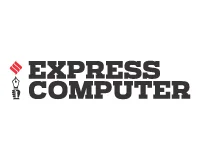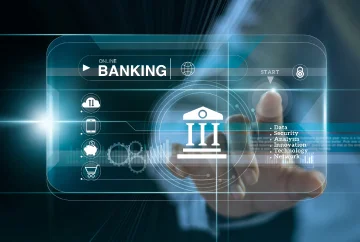The COVID-19 digital push
The Covid'19 pandemic has been a stress for digital workplaces. Most experts agree that the pandemic has only accelerated trends that were already in place years before the pandemic arrived. This trend has placed a drain on numbers of applications, tools and platforms, failing to work intuitively together. Hopping from one platform to the next several times every hour, trying to dig out information trapped or lost in this new tech maze. Enterprises now realize what their weak links are in the digital workplaces and adapting accordingly. The pandemic has given a sort of sneak peek into the future of remote work and enterprises that had been preparing their digital workplaces have been able to make a relatively seamless transition to WFH. For enterprises that were not well prepared, this is an excellent opportunity to learn where they can improve and implement the lessons learnt today to be better prepared for the future.
So, what's a digital workplace?
Many people today think that the terms intranet and digital workplace are synonymous. The intranet is just a private internal network within an enterprise that is used to securely share company information and provide uniform access to business applications to its employees. Today, however, intranets are increasingly used to deliver collaboration tools, CRM and Project management tools etc. Just as with any concept in technology, the definition is constantly changing, and this is what causes some people to confuse it with the digital workplace.
The term digital workplace conjures images of employees working through augmented reality glasses in a highly automated environment in the typical tech enthusiasts mind. However, the digital workplace has been around for quite a few years and has been steadily evolving. There is no standard definition of a digital workplace, but a good one would be 'a digital workplace is the virtual equivalent to the physical workplace, which is purposefully designed keeping in mind the employees and all the digital tools and systems they use that make it easy for them to seamlessly connect with people, ideas and expertise within and outside and empower them with any service, anytime, anywhere with any device.
As India advances digitally, its ripples can be felt across various areas including e-payments, e-health, digital literacy, farming, financial inclusion, geographic mapping, rural development, social benefits programmes and language localization.
Similarly, enterprises too have integrated technology into their businesses. However, digitalizing enterprises is not merely integrating new technologies or modernizing the existing ones but leveraging technologies such as AI, ML, Big Data and Advanced Analytics to become digitally transformed.





